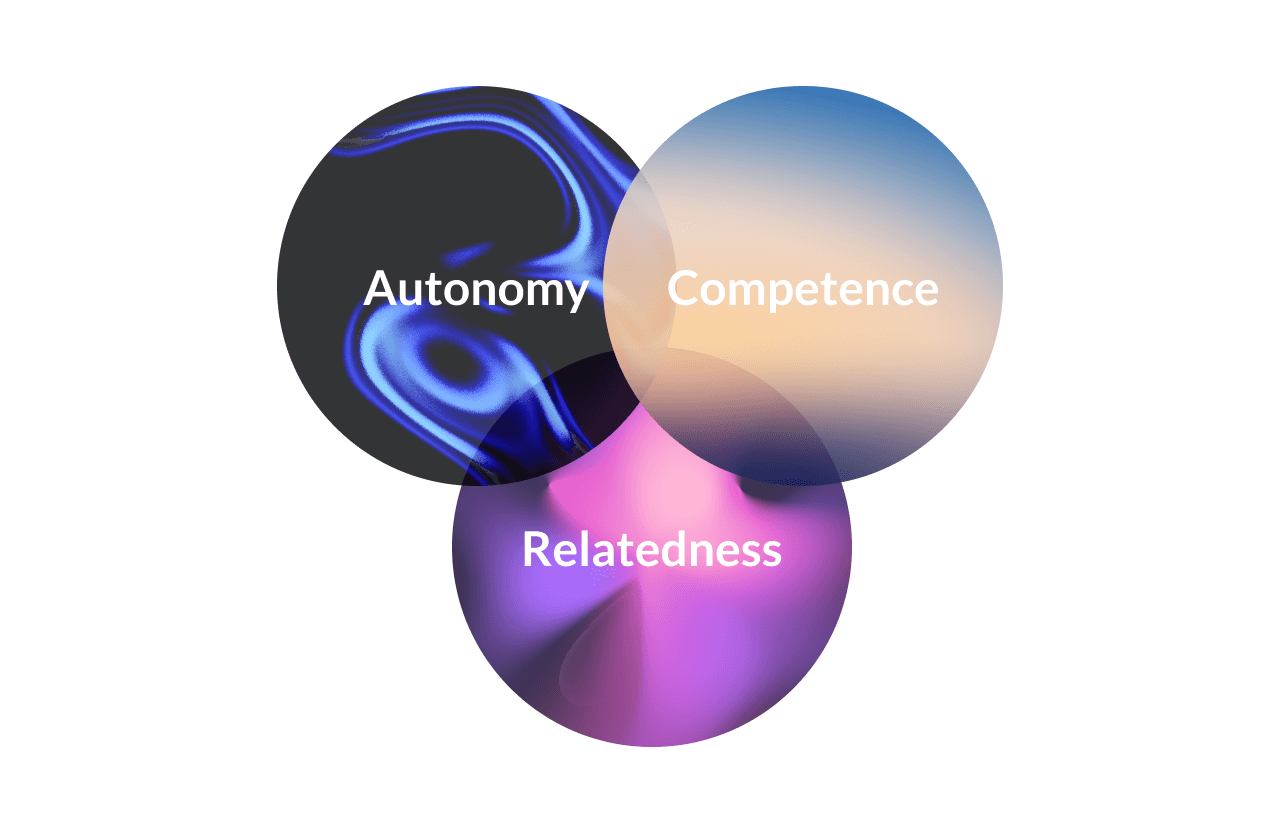Jun 2, 2024

We all know that good B2B SaaS UX is an important factor in keeping users happy and satisfied and hence contributes to customer retention. But is good UX enough or should SaaS products also focus on beautiful UI? Generally, the perception in the market is that beautiful UI should be a focus in B2C, not in B2B SaaS.
To understand it, let's first understand the humans who use SaaS products. These humans can be broadly classified into 2 categories.
Buyers - They can be sold by design
Users - They can influence buyers to retain, after being happy with design
Sold by Design

First, let's look at how someone buys and the factors involved in it. These are some factors if we consider that there is a confirmed need to buy software
Decision making time
Price
No. of people to consult
The relation between these is
Decision-making time is directly proportional to the Price
No. of people to consult is directly proportional to the Price
SaaS products for SMBs have lower prices. Hence lower decision-making time and no. of people to consult.
While SaaS products for Enterprise have a higher price. Hence higher decision-making time and no. of people to consult. It can take weeks to months and multiple levels of approvals to buy.
The buyers look at the UI of SaaS products on Marketing pages, on review websites like G2 or when they are shown a presentation by a salesperson.
Many things go into the mind of the buyer like price, the needs it serves, will the customer support be good etc.. So we need to anchor buyers' minds with good first impressions.
What they see is more important than what they hear (sales talk). Buyers are accustomed to listen from many sales folks of different product & services. Their brain is seeking truth.
We do this by showing them beautiful UI screenshots. They should feel this is professional/good by looking at the screenshots and subconsciously creating that perception. Inferring from the Halo Effect, this perception will help create a good perception about UX of functionalities and Customer support (which they have not gone through yet). Even the higher price, they also justify in their mind to some extent, due to this positive perception created.
Sales always try to reduce decision-making time so that the buyer doesn't encounter negative points and change their mind.
This works for SMB customers but for Enterprise customers there are a lot of people to convince. The relative importance of beautiful UI in comparison with other factors like features, security, compliance etc. decreases. Still, every person in the buying process will have some positive first impression due to the beautiful UI, but they will take time and do their due diligence. So, as a design and development team, building for enterprise we have to prioritize what we want to focus on.
Free Trial
Many products offer a free trial for 7 days or 14 days or more. The purpose here is that customers buy less from sales and more after experiencing the product themselves. Also, many features are not available (locked) in the free trial. The purpose here is to give them a feeling of UX and UI of some high-value features which satisfy needs of new customers.
So here both UI and UX play a role in creating a perception about the product before buying, but still, beautiful UI makes first impressions here. The time limit of the free trial limits overexposure of other features and hence its UX and pushes customers to buy it as it ends. Free trial is generally introduced when they have perfected their UI and UX.
Retained by Design

Once the SaaS has been bought by the customer, its users start using it. These users spend around 3-4 hours of day on social media apps like FB, WhatsApp, Linkedin, Instagram etc. These apps maintain high UI standards for their users. So while using SaaS products, the user's expectancy for clarity and understanding from SaaS screens is also high. A part of this clarity and understanding comes from good UI aspects like visual hierarchy, good typographic scale, good use of spacing and colour etc. Another part of this comes from UX aspects like clear copy, clear interactions etc..
As the users keep using it, UX takes on a major role as users accept UI aspects subconsciously and consciously focus on completing their tasks. But as time goes by, the UX of existing features also becomes partly muscle memory. Experienced users do things fast on the SaaS products now. Now they want to be more powerful (power users) and hence happy by 3 things - Autonomy, Competence and Relatedness.

Self Determination Theory explains that if people's autonomy, competence and connectedness are fulfilled, they will be self-motivated to do tasks.
The heads don't have to mandate SaaS users to use the SaaS product they have bought and users will also not use alternative solutions even if the company have bought them the software.
These have to be fulfilled by various new features, which product teams focus on. The usage of the product increases and data put in the product increases, hence the stickiness. So, pushing out more features is also a lot important, along with maintaining good UX and UI.
Pushing features faster with good UI requires a design system
Design System
Building a set of UI components and standards helps to push features faster, enabling happiness and hence retention. It also helps in consistent language across product. No two designers should define the beauty of a product in separate ways on their separate screens. As we know after repeated usage, UI is subconsciously accepted and UX becomes partly muscle memory, if there is inconsistency in design, the user's mind has to relearn new patterns in the product and the love for the product becomes confused.
Also, we need to remember no design system is timeless. Even if we think we have made an awesome design system right now, in future it might need a revamp based on what users perceive as beauty at that time.
UI and UX are interrelated. It cannot be completely separated. The UI have an effect on the perception of UX. As per the Aestheic-Usability Effect, a pretty design can make users forgiving of minor usability problems, but not of large ones.
Also if you start your day with anything beautiful, it gives a calming feeling and a smile on your face. It reduces anxiety and is linked with general well-being. Consider SaaS users opening their laptop/desktop every day and using the SaaS product. If they see a beautiful interface every day, it will calm them down to some extent as compared to a not-beautiful interface.
Having said that, Retention is not only a factor of UI, UX, and Features but also the Quality of Customer Support, discovering a better competitor product with better ROI etc.
End Note
This article has been written from the lens of the impact of UI on SaaS Sales and Retention. If we change the lens to other aspects, the detailed impact of that aspect can be written on SaaS Sales and Retention, like Sold by Features, Retained by Features, Sold by Pricing Strategy, Retained by UX etc. So, UI has a relative importance in the scenarios mentioned. Investing in it by SaaS companies gives a positive ROI.
Multiple SaaS products in a domain can be beautiful. But their principles to define beauty can be different.